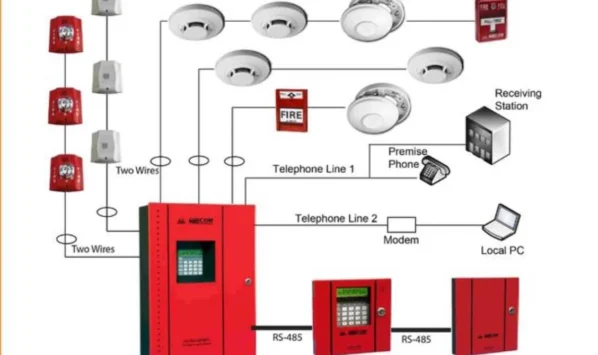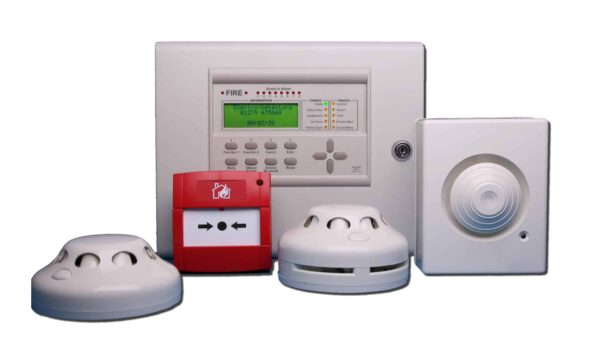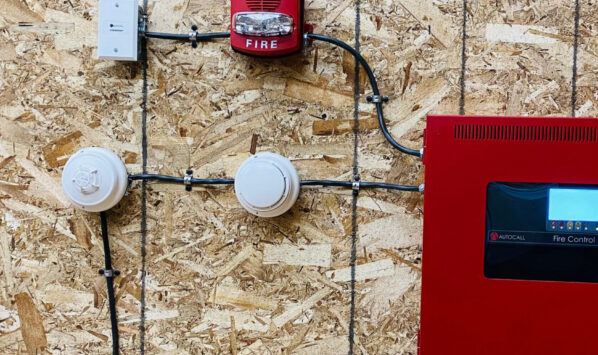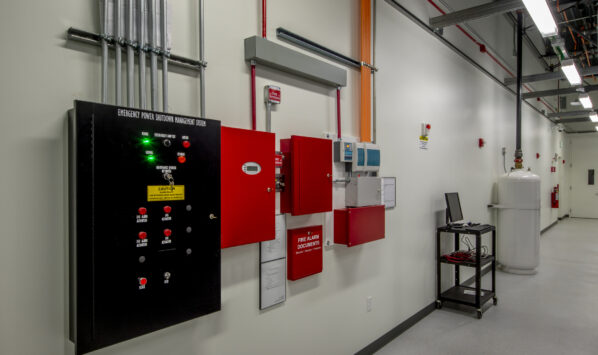Fire Alarm System
A fire alarm fighting system typically refers to a combination of fire detection, alarm, and suppression systems designed to detect and respond to fire emergencies effectively. Below are the key components:
1. Fire Detection
- Smoke Detectors: Detect smoke particles and can be ionization or photoelectric types.
- Heat Detectors: Sense changes in temperature and are often used in environments where smoke detectors may produce false alarms.
- Manual Pull Stations: Allow occupants to manually activate the alarm system in case of a fire.
2. Alarm System
- Audible Alarms: Sirens or bells that alert occupants to evacuate.
- Visual Alarms: Strobe lights or other visual indicators for the hearing impaired.
- Control Panel: Central hub that receives signals from detectors and activates alarms.
3. Monitoring and Maintenance
- Regular Inspections: Ensures all components are functioning properly.
- Alarm Monitoring Services: Some systems connect to a monitoring center that alerts emergency services if an alarm is triggered.
4. Integration with Other Systems
- Fire alarm systems can be integrated with building management systems, security systems, and emergency lighting to enhance overall safety.
Industries Served
- Residential
- Home theater installations that transform your living room into a cinematic experience.
- Multi-room audio systems that allow you to enjoy your favorite music throughout your home.
- Commercial
- AV integration for conference rooms, ensuring seamless presentations and video conferencing capabilities.
- Dynamic digital signage solutions for retail environments, enhancing customer engagement.
- Educational
- Interactive classroom solutions that promote engagement through technology.
- AV systems for auditoriums and lecture halls, enhancing the learning experience.
Importance
Having a well-designed fire alarm fighting system is crucial for protecting lives, property, and ensuring compliance with local fire codes and regulations. Proper training for occupants on how to respond to alarms and use suppression equipment is also vital.






